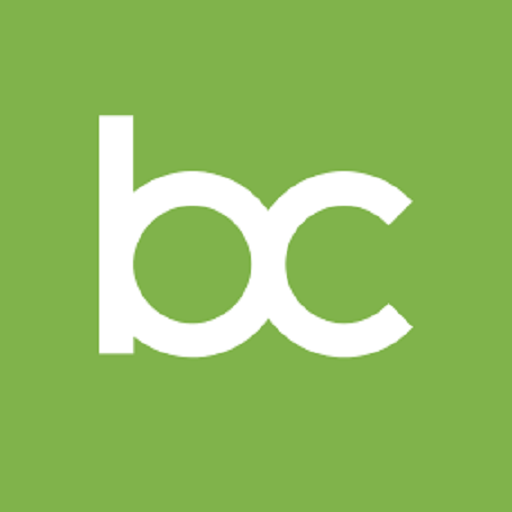BC Underwriting is now part of Bennett Christmas
This move enables us to expand our insurance product offering and gives us access to a wider range of resources and expertise. Rest assured that our staff will remain committed to serving their clients in the usual manner.
Continue to the Bennett Christmas website >>
Bennett Christmas is a trading name of Advisory Insurance Brokers Limited which is authorised and regulated by the Financial Conduct Authority (reference number 313250). Registered Office: 2 Minster Court, Mincing Lane, London, EC3R 7PD. Registered in England & Wales No. 04043759
